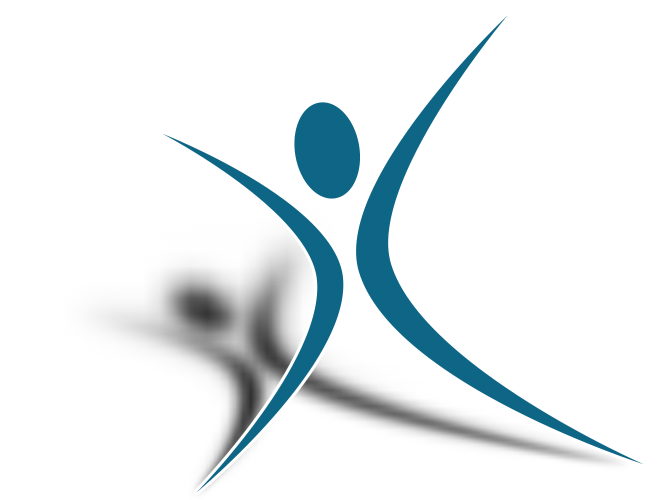Blog
Manual Therapy Returns Pilot to Air.
Low back pain can be a significant safety risk for a pilot, as it can become a distraction during flight. In a recent case study, a pilot sought a non-pharmacological and noninvasive therapy option for his chronic low back pain. After just three sessions of manual treatment to address sacral, pelvic, and lumbar dysfunction, the pilot reported an 80%+ improvement in pain and was able to return to flight. The case reveals the benefits of manual therapy in the management of chronic back pain among aviators.
Military Medicine, October 2015
Eliminate These Bad Habits to Sleep Better!
Just a few bad habits can affect sleep quality. The National Sleep Foundation lists the following sleep-stealing practices you should avoid: consuming caffeine within six hours before bedtime; drinking alcohol or eating a large meal or snack before bed; insufficient exercise; having a TV or other technology in the bedroom; and sleeping late during weekends.
Improving Spinal Shape with Manipulation & Exercise.
Low back pain is a common complaint among golfers. In a recent study, professional golfers with a history of chronic low back pain received a one-month regimen of spinal manipulation and corrective core exercises to improve their spinal shape/curvature. After the four-week program concluded, the researchers observed a significant change in pelvic tilt among the participants, indicating the benefits of a combination of spinal manipulation and corrective core exercises in establishing correct spinal curvature.
Journal of Physical Therapy Science, September 2015
A Family Dog May Lower a Child’s Asthma Risk.
Early exposure to dogs may reduce the risk of asthma in children. A new study found children in homes with a family dog during their first year of life had a 13% lower risk of asthma by the time they were old enough for school. The researchers speculate early exposure to a wider variety of microorganisms (via the family dog, in this case) helps build a more robust immune system that is less susceptible to some of the environmental causes of asthma attacks.
JAMA Pediatrics, November 2015
Manipulation Beneficial for Neck Pain Patients.
A research review of 51 trials has found evidence that multiple sessions of manipulation performed by a doctor of chiropractic may provide greater pain relief and functional improvement over both the short-term and long-term for patients with neck pain when compared with other treatment options including massage, transcutaneous electrical nerve stimulation, and some medications.
Cochrane Database Systematic Review, September 2015
Tips to Stay Fit During & After Pregnancy.
The Weight-Control Information Network suggest the following to help women stay healthy both while they are pregnant and after their child is born: speak to your healthcare provider about what exercises are safe to perform during pregnancy, return to normal exercise after the baby is born (as soon as your doctor approves such activities), drink plenty of fluids when exercising, use caution when exercising in warm weather, eat a balanced diet both during and after the pregnancy, and if possible, breast feed to aid in burning calories.
National Institutes of Health, October 2015
Vitamin D May Helps Women Build Muscle After Menopause.
According to a new report, vitamin D supplementation can significantly increase muscle strength and reduce the loss of body muscle mass in women years after menopause. Researchers found older women who received vitamin D supplements experienced a significant increase (+25.3%) in muscle strength, while those receiving a placebo lost an average of 6.8% of their muscle mass during the course of the multi-year study. The study also revealed that those who did not receive vitamin D supplements were nearly two times more likely to experience a fall. Dr. Wulf H. Utian, the Executive Director of The North American Menopause Society adds, “While this study is unlikely to decide the debate over Vitamin D, it provides further evidence to support the use of vitamin D supplements by postmenopausal women in an effort to reduce frailty and an increased risk of falling.”
The North American Menopause Society, September 2015
What’s Your Resting Heart Rate?
Even if you’re not an athlete, knowing your heart rate can help you keep tabs on your fitness level. A normal resting heart rate for adults ranges from 60 to 100 beats a minute. Generally, a lower heart rate at rest implies more efficient heart function and better cardiovascular fitness.
American Heart Association, October 2015
Manual Therapies for Cancer Radiation Patients?
Radiation therapy for neck and head cancers can often result in neck pain and loss of motion. A small study involving five participants suggests that the use of manual therapies, treatments commonly performed by doctors of chiropractic, can help reduce pain and improve mobility in this class of patients without adverse outcomes.
Clinical Otolaryngology, September 2015
Antibiotic-Resistant ‘Superbug’ an Emerging Threat.
Health officials from the Centers for Disease Control and Prevention (CDC) warn antibiotic-resistant bacteria are on the rise in some major American cities. CRE, or Carbapenem-resistant Enterobacteriaceae, are a class of common bacteria that have become resistant to some of the most widely used antibiotics. According to the CDC, experts have recorded higher-than-expected levels of this bacteria in Atlanta, Baltimore, and New York. Most CRE infections occur in hospitals, but officials from the CDC are worried that havoc could ensue if CRE starts to become transmitted outside of healthcare settings since enterobacteriaceae are so common.
Journal of the American Medical Association, October 2015
